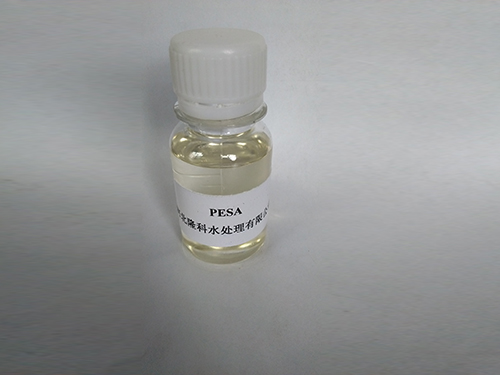coagulants and flocculants
Coagulants and Flocculants Understanding Their Role in Water Treatment
Water is an essential resource for life, and its purity is crucial for health and environmental sustainability. The treatment of water, particularly wastewater, involves various processes to remove impurities and contaminants. Among these processes, coagulation and flocculation play vital roles. Both are essential techniques used in the water treatment industry to enhance the removal of suspended particles, improve water quality, and ensure safe drinking water.
Understanding Coagulation
Coagulation is the first step in the process of removing particulates from water. It involves the addition of chemical coagulants, which are substances that facilitate the binding of tiny particles in water into larger aggregates called flocs. Common coagulants include aluminum sulfate (alum), ferric chloride, and polyaluminum chloride. These chemicals work through a process called destabilization, which neutralizes the electrical charges on suspended particles, allowing them to bond together.
The effectiveness of coagulants depends on various factors, including the type of coagulant used, the pH of the water, and the presence of different types of contaminants. For instance, in acidic conditions, aluminum-based coagulants may be less efficient, which necessitates careful pH monitoring and adjustment. Moreover, coagulant dosing must be optimized to achieve maximum efficiency without oversaturation, which could lead to additional complications in treatment processes.
The Flocculation Process
Once coagulation has occurred and flocs have formed, the next step is flocculation. Flocculation involves gently mixing the water to encourage the growth of these flocs into larger aggregates. This process helps to increase the size of the flocs, making them heavy enough to settle down during sedimentation. Flocculants, typically high molecular weight polymers like polyacrylamides, are often added to help bridge smaller flocs together.
The flocculation process is critical because larger flocs settle more quickly and efficiently in the sedimentation basins, leading to a reduction in the total suspended solids in the water. The choice of flocculant and the conditions under which flocculation occurs can significantly impact the effectiveness of this stage.
coagulants and flocculants

Environmental and Health Considerations
The use of coagulants and flocculants in water treatment involves important environmental and health considerations. While these chemicals are effective in removing pollutants, their residuals must be carefully managed. Improper disposal of sludge that results from coagulation and flocculation can lead to environmental contamination. Therefore, treatment facilities must ensure that they comply with regulations regarding the disposal of such by-products.
Moreover, the selection of coagulants should consider potential health impacts. For instance, while aluminum sulfate is effective, excessive aluminum residuals in drinking water have raised concerns about health risks. Consequently, the industry is increasingly exploring alternative coagulants that pose fewer risks and are more sustainable.
The Future of Coagulation and Flocculation
As the demand for clean water continues to rise, the processes of coagulation and flocculation will evolve. Emerging trends include the development of more environmentally friendly and efficient coagulants and flocculants. Researchers are investigating biodegradable and natural coagulants derived from plant extracts, which could reduce the reliance on synthetic chemicals.
In addition, advancements in technology, including automation and real-time monitoring systems, are likely to improve the efficiency of coagulation and flocculation processes. These innovations promise not only to enhance the effectiveness of water treatment but also to minimize chemical usage and waste generation.
In conclusion, coagulation and flocculation are essential processes in the treatment of water, playing a critical role in ensuring access to clean and safe drinking water. With ongoing research and a growing commitment to sustainability, the future of these techniques appears promising, paving the way for improved water quality and environmental protection.
-
Water Treatment with Flocculant Water TreatmentNewsJun.12,2025
-
Polymaleic AnhydrideNewsJun.12,2025
-
Polyaspartic AcidNewsJun.12,2025
-
Enhance Industrial Processes with IsothiazolinonesNewsJun.12,2025
-
Enhance Industrial Processes with PBTCA SolutionsNewsJun.12,2025
-
Dodecyldimethylbenzylammonium Chloride SolutionsNewsJun.12,2025





